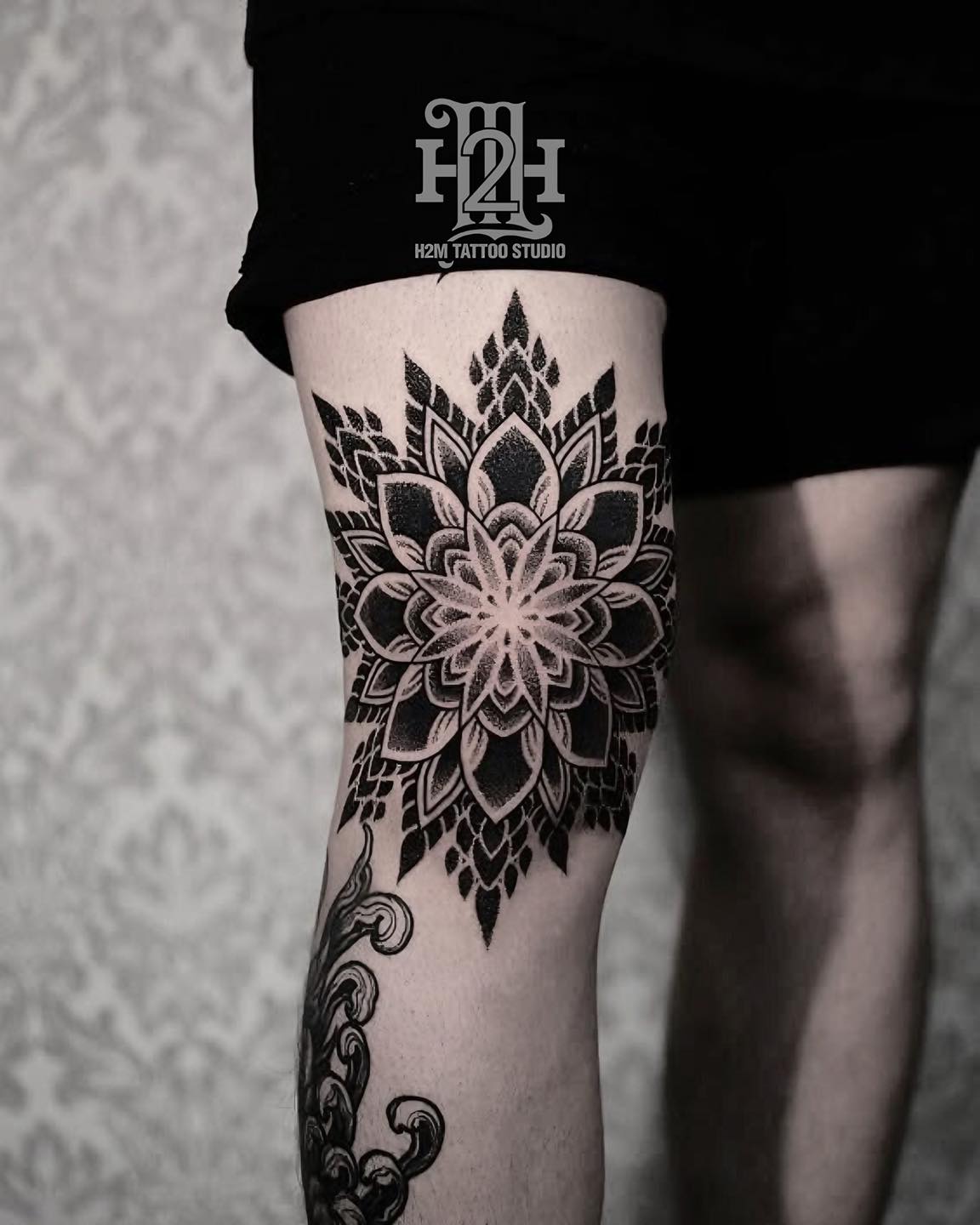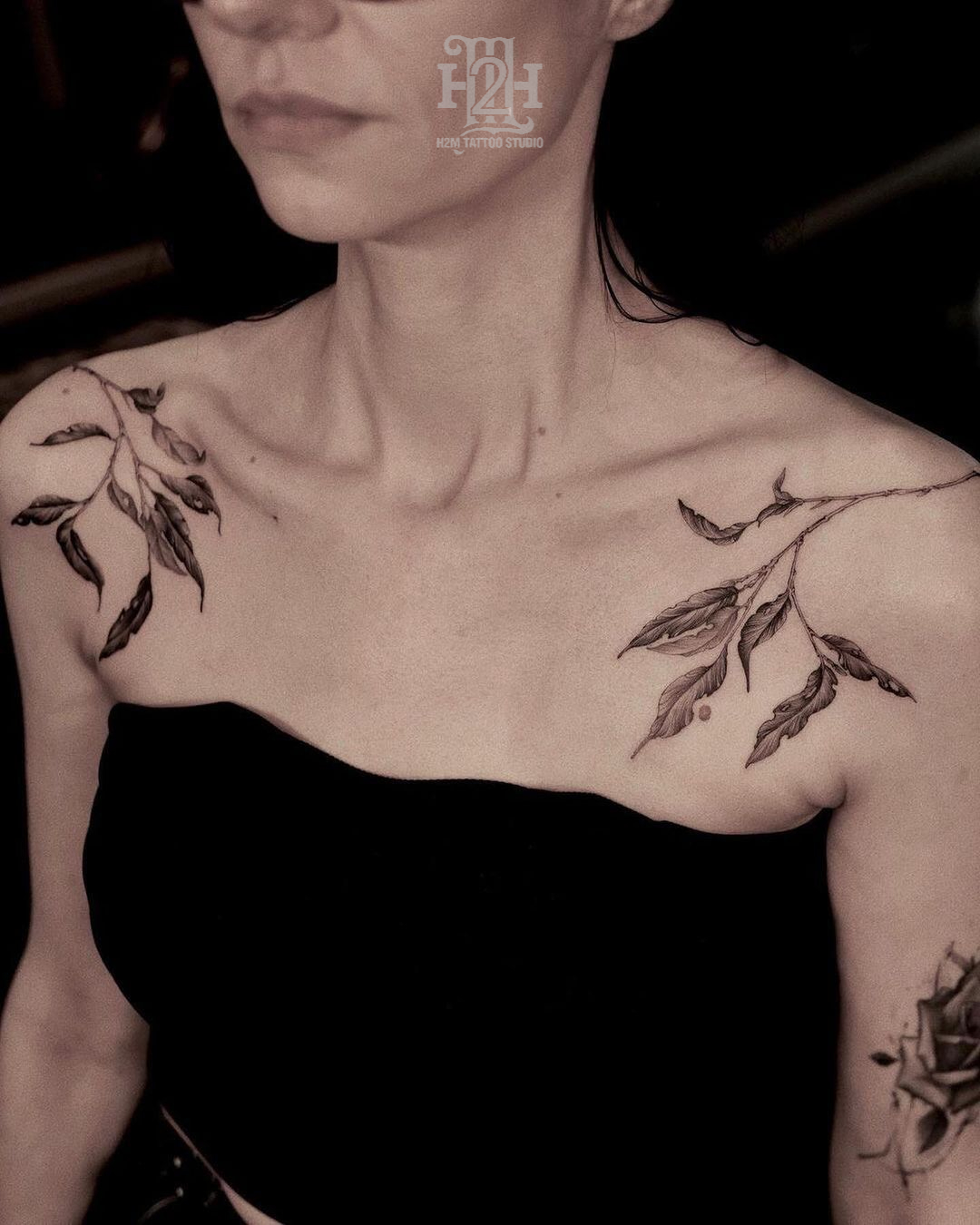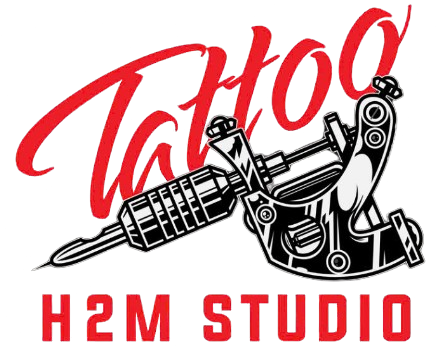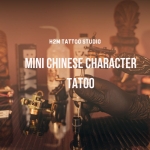Does getting a tattoo hurt? This is the most common question we hear at H2M Tattoo Studio from first-time clients. The honest answer is yes—tattoos do involve discomfort, but the pain is manageable and varies significantly based on factors you can control. Understanding what to expect isn't about fear—it's about preparation. At H2M Tattoo Studio, we believe informed clients have better experiences. This guide covers everything from pain science to proven management strategies.
Understanding Tattoo Pain: What You Need to Know
The Science Behind Tattoo Discomfort
To understand why tattoos hurt, it's essential to know what happens during the tattooing process. A tattoo machine uses needles that puncture your skin approximately 50 to 3,000 times per minute, depositing ink into the dermis—the second layer of skin. This process activates pain receptors called nociceptors, which send signals to your brain interpreting the sensation as pain.
The skin contains different types of nerve endings that respond to various stimuli. During tattooing, you're primarily experiencing mechanical pain from the needle punctures, but the continuous nature of the process can also trigger inflammatory responses that intensify the sensation. The good news is that your body naturally releases endorphins during the process, which act as natural painkillers and can create a euphoric feeling that many tattoo enthusiasts describe as addictive.
What Does Tattoo Pain Actually Feel Like?
Describing tattoo pain is challenging because it's unlike most other discomforts we experience. Most people describe the sensation as a combination of several feelings:
-
Sharp scratching: Similar to a cat scratch but more persistent
-
Burning sensation: Like a sunburn being continuously aggravated
-
Vibrating discomfort: The machine's vibration can create a tingling or buzzing feeling
-
Hot scratching: Many describe it as someone drawing on sunburned skin with a hot needle
The pain typically starts as a sharp sensation when the needle first touches your skin, then settles into a more manageable, consistent discomfort. Interestingly, many people find the anticipation of pain worse than the actual experience. The first few minutes are often the most challenging as your body adjusts to the sensation.

>>>> SEE MORE: How old do i have to be to get a tattoo? Your Complete Guide to 7 Key Legal Requirements Worldwide
Pain Levels by Body Location: Your Complete Guide
Not all tattoo locations are created equal when it comes to pain levels. Understanding the pain scale for different body parts can help you choose your first tattoo placement wisely or prepare for more challenging areas later.
Least Painful Areas (Pain Level 2-4/10):
-
Outer forearm
-
Upper arm/shoulder
-
Outer thigh
-
Calf muscle
-
Upper back (away from spine)
These areas have thicker skin, more muscle, and fewer nerve endings, making them ideal for tattoo beginners.
Moderate Pain Areas (Pain Level 5-6/10):
-
Inner forearm
-
Bicep
-
Chest (away from sternum)
-
Lower back
-
Outer ankle
High Pain Areas (Pain Level 7-8/10):
-
Ribs and side torso
-
Spine and neck
-
Inner thigh
-
Behind the ear
-
Wrist and hand
Most Painful Areas (Pain Level 8-10/10):
-
Feet and toes
-
Kneecap and elbow
-
Armpit
-
Groin area
-
Face and head

Areas with thin skin, proximity to bones, or high concentrations of nerve endings tend to be the most painful. The ribcage, for example, is notoriously difficult because the skin is thin, there's minimal muscle cushioning, and the vibration can resonate through your entire torso.
>>>> READ MORE: What are the least painful places to get a tattoo? Your Complete Pain-Free Guide
Personal and Situational Factors That Impact Pain
Your tattoo pain experience is highly individual and influenced by multiple factors beyond location:
Physical Factors:
-
Age: Younger skin tends to be more sensitive, while mature skin may be less reactive
-
Body composition: More muscle mass can provide cushioning, while bony areas offer no protection
-
Skin sensitivity: People with sensitive skin conditions like eczema may experience heightened pain
-
Hormonal cycles: Women may experience increased sensitivity during certain phases of their menstrual cycle
-
Overall health: Well-hydrated, well-rested bodies handle stress better
Psychological Factors:
-
Anxiety levels: High anxiety can amplify pain perception
-
Pain tolerance: Previous experiences with pain, including other tattoos, build tolerance
-
Mindset: Positive attitudes and excitement can help counteract discomfort
-
Distraction ability: Some people can mentally "check out" while others remain hyper-focused on the sensation
Session-Related Factors:
-
Tattoo size and complexity: Longer sessions naturally become more challenging
-
Artist technique: Experienced artists often work more efficiently with better needle control
-
Machine settings: Proper calibration reduces unnecessary trauma to skin
-
Time of day: Many people have higher pain tolerance earlier in the day
Preparing for Your Tattoo: Physical and Mental Strategies
Proper preparation can significantly reduce your pain experience and help you get through longer sessions more comfortably.
Physical Preparation:
-
Stay hydrated: Drink plenty of water for 24-48 hours before your appointment
-
Eat a substantial meal: Never get tattooed on an empty stomach; low blood sugar increases pain sensitivity
-
Get adequate sleep: Being well-rested improves your pain tolerance and healing ability
-
Avoid alcohol and drugs: These substances thin your blood and can increase bleeding and pain
-
Moisturize your skin: Well-hydrated skin takes ink better and may be less sensitive
-
Wear comfortable clothing: Choose pieces that provide easy access to the tattoo area
Mental Preparation:
-
Research your artist: Confidence in your artist reduces anxiety
-
Practice breathing exercises: Deep, controlled breathing helps manage pain and anxiety
-
Prepare distractions: Bring headphones, plan conversations, or practice meditation techniques
-
Set realistic expectations: Understanding that some discomfort is normal helps you mentally prepare
-
Visualize the outcome: Focus on how excited you'll be with your finished tattoo

>>>> READ MORE: Numbing cream vs. no numbing cream for tattoos : 9 Essential Factors to Consider Before Your Next Session
Pain Relief Methods: Options and Considerations
While pain is part of the tattoo experience, there are legitimate ways to manage discomfort:
During the Tattoo:
-
Topical numbing creams: Products containing lidocaine can provide temporary relief, but discuss with your artist first as they may affect ink absorption
-
Breathing techniques: Slow, deep breathing helps manage pain and prevents hyperventilation
-
Taking breaks: Most artists are happy to pause periodically, especially during longer sessions
-
Distraction methods: Listening to music, engaging in conversation, or meditation can help redirect your focus
-
Stress balls or fidget items: Having something to squeeze can provide a physical outlet for tension
Natural Pain Management:
-
Endorphin boost: Light exercise before your appointment can increase natural painkillers
-
Cold therapy: Some studios offer cooling systems, though ice should not be applied directly to fresh tattoos
-
Positioning: Finding a comfortable position and changing positions during long sessions helps prevent additional discomfort
What to Avoid:
-
Aspirin or blood thinners: These increase bleeding and can affect healing
-
Excessive caffeine: While a small amount might help with alertness, too much can increase anxiety and sensitivity
-
Alcohol: Never drink before getting tattooed; it's unsafe and illegal in most reputable studios
>>>> READ MORE: Can you get a tattoo while pregnant? 9 Critical Safety Considerations Every Expecting Mother Should Know
Aftercare and Pain Management Post-Tattoo
The pain doesn't end when the tattoo machine stops. Understanding post-tattoo pain helps you prepare for the healing process:
Normal Healing Pain:
-
First 24-48 hours: Expect soreness similar to a moderate sunburn
-
Days 3-7: Itching and tightness as healing begins
-
Week 2-3: Occasional sharp sensations as skin regenerates
Pain Management During Healing:
-
Follow aftercare instructions exactly: Proper cleaning and moisturizing prevent complications that increase pain
-
Over-the-counter pain relief: Acetaminophen (Tylenol) is preferred over ibuprofen, which can thin blood
-
Cool compresses: Applied over clean bandages, not directly on the tattoo
-
Loose, breathable clothing: Prevents irritation and allows air circulation
-
Sleep positioning: Avoid laying directly on new tattoos
Warning Signs Requiring Medical Attention:
-
Severe, worsening pain after day 3: May indicate infection
-
Red streaking from the tattoo: Possible blood poisoning
-
Excessive swelling or pus: Signs of bacterial infection
-
Fever or chills: Systemic infection symptoms
-
Unusual heat or hardness: Possible allergic reaction or infection
So, does getting a tattoo hurt? Yes, but it's manageable discomfort that thousands of clients at H2M Tattoo Studio navigate successfully every year. The pain is temporary—lasting only during your session and initial healing — while your beautiful artwork remains forever. Understanding tattoo pain empowers you to make informed decisions about your body art journey. With proper preparation, realistic expectations, and guidance from experienced artists, the experience becomes far more comfortable than most people anticipate. At H2M Tattoo Studio, we've helped countless first-timers discover that their fear of pain was much worse than the actual sensation.
>>>> NOTE NOW:





